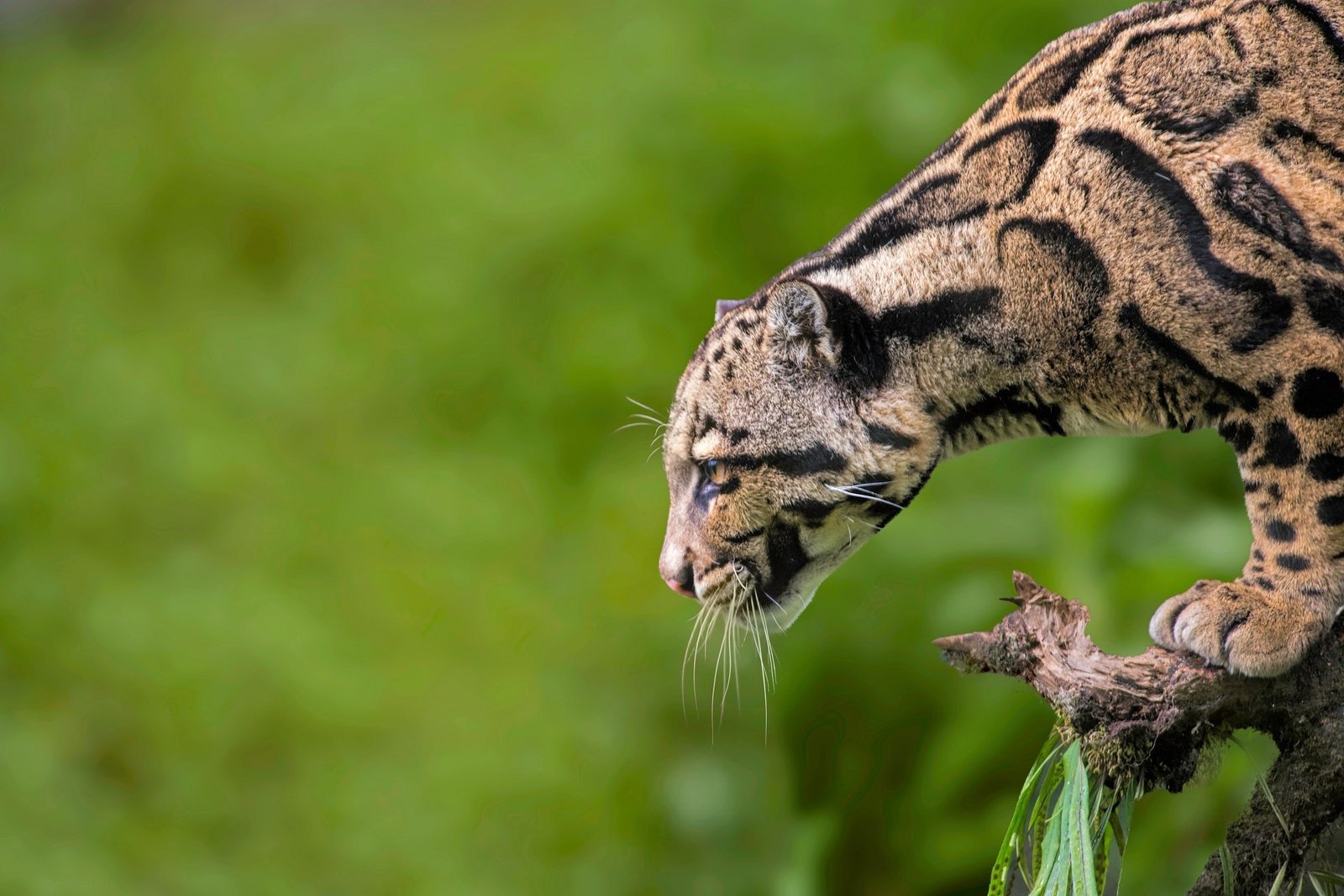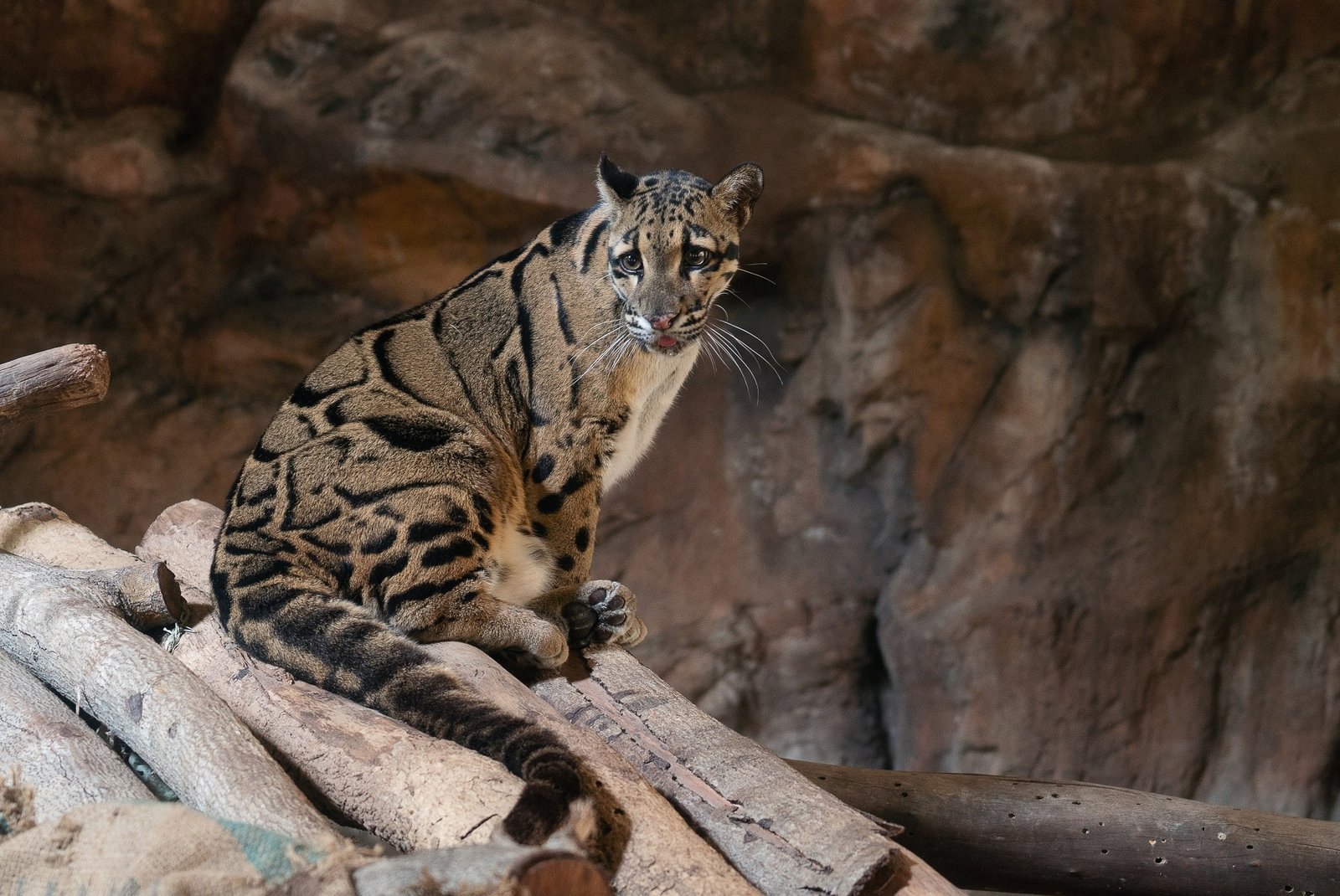
The Clouded Leopard: A Spotlight on an Elusive Feline
Executive Summary:
The clouded leopard (Neofelis nebulosa) is a charismatic and elusive big cat species native to the dense forests of Southeast Asia. Known for its striking cloud-like patterns on its coat and remarkable adaptability, the clouded leopard has long been a subject of intrigue for researchers and wildlife enthusiasts. This report aims to provide a comprehensive overview of the clouded leopard, including its habitat, behavior, conservation status, and the challenges it faces in the wild.
Introduction:
The clouded leopard, often referred to as the “modern-day saber-tooth,” is a medium-sized wild cat that inhabits a range of forested environments, from the foothills of the Himalayas to the islands of Sumatra and Borneo. Recognized for its distinctive coat featuring large, cloud-like markings, this feline species possesses a unique blend of characteristics that set it apart from other big cats.
Physical Characteristics:
Size and Weight: Adult clouded leopards typically weigh between 25 to 50 pounds, with males being larger than females. They have a robust build and short legs, making them well-adapted for climbing and maneuvering through trees. Coat: The clouded leopard’s coat varies in color from pale yellow to dark gray, with distinctive cloud-shaped markings that provide excellent camouflage in its forested habitat
Habitat and Distribution
1. Clouded leopards (Neofelis nebulosa) are medium-sized wild cats known for their distinctive cloud-like spots on their fur, providing excellent camouflage in their forest habitat.
2. They are primarily found in the forests of Southeast Asia, including countries like Nepal, Bhutan, and parts of China, Thailand, and Malaysia.
3. Clouded leopards have exceptionally long canine teeth compared to their body size, aiding in hunting and capturing prey.
4. These elusive cats are skilled climbers often resting in trees and using their strong tails for balance, making them unique among big cat species.
5. Clouded leopards are considered a vulnerable species due to habitat loss, poaching, and the illegal pet trade, highlighting the importance of conservation efforts to protect their populations.


